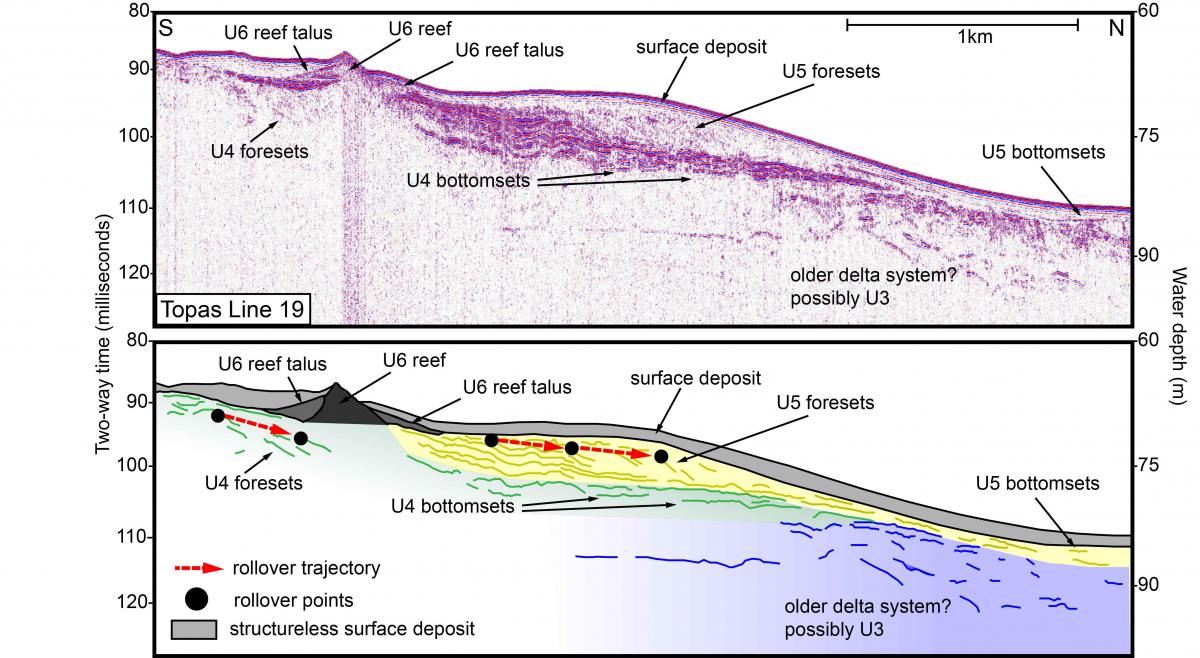Membership renewals open for 2024 - Click here
Event Address
Event Start
Event End
Event Details
ASEG NSW Tech Talk
Presenter:James Daniell (Fender Geophysics)
Title: New insights into sedimentary processes on the margin of the Great Barrier Reef from the reprocessing of historical seismic reflection data.
Registration: https://us02web.zoom.us/webinar/register/WN_7aC3mTsMTwK4YogAYam53A
Description
Mixed siliciclastic–carbonate margins receive significant amounts of both terrigenous siliciclastic material from rivers and carbonate material from biogenic sources. The Great Barrier Reef (GBR) is the largest mixed siliciclastic-carbonate margin on earth and detailed stratigraphic analysis is a key tool for understanding the evolution of this sedimentary system; however, the stratigraphy of the offshore central GBR is poorly understood due to its designation as a UNSECO World Heritage Site. This designation limited the acquisition of reflection seismic data over the GBR and has prevented detailed stratigraphic analysis of the reef and its margins. Geoscience Australia conducted limited seismic surveys over the GBR during the 1970-80s though much of this data has remained unprocessed and subsequently unpublished. Key results from this research are:
1. Significant improvements can be made to the seismic reflection data by applying modern processing algorithms.
2. Shelf-edge deltas near Townsville are preserved by their deposition on to an upper slope broad, low gradient terrace which also limits the transport of coarse sediment downslope. Their ‘lobe’ shape indicates a supply dominated environment.
3. Shelf-edge deltas from the Grafton and Flora Passages are clearly incised by submarine canyons that transport sediment downslope. In the Cairns region shelf-edge deltas have a cuspate form and indicate a wave dominated environment.
4. Reef growth is common on the topsets and upper forests of these deltas indicating that these coarse sedimentary environments are favourable for coral colonisation; therefore, as the shelf extends due to lowstand delta deposition, new habitats are also created for coral reefs.
5. The process driving the clear differences between the northern and central GBR is not well understood; however, ongoing subsidence of the central GBR likely plays a significant role.
Sedimentary processes at the margin of the GBR are clearly diverse. Documenting these differences will aid the interpretation of other modern mixed margins and those in the geological record.

